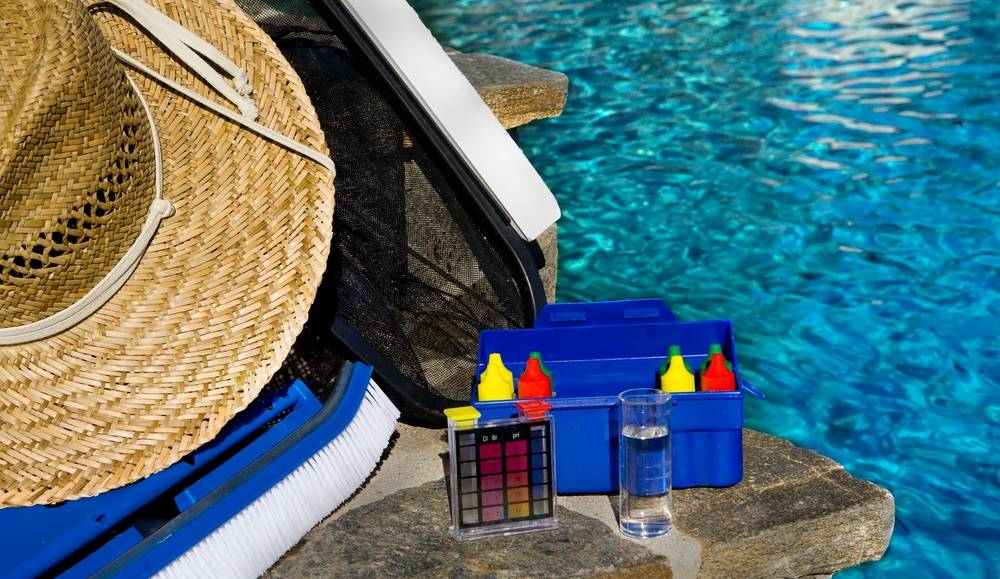We've had our pool for a couple of years now and I've always had trouble maintaining the chemistry, especially the chlorine level. I can add shock and we have a floater with capacity for four 3" tablets, which I usually keep topped off, but after a week, the chlorine test reads zero again, even with tablets still in the floater. I have to shock every week, not for extra sanitization, but just to maintain an adequate chlorine level. The chlorine levels dropping every week leads to green algae that so far I have been able to get clear each time, but it always comes back when the levels drop again.
Specs: we have an 18' x 52" Intex above-ground pool (~7000 gals) and the Krystal Clear 2100 Gph sand filter pump that came with it, set to run 12hr/day. I test chlorine and pH levels using a test kit with OTO and Phenol Red. I use the Chlorox brand products from Lowes: tablets, shock (XtraBlue), pH Up, and their green algae eliminator.
I've done my research and thought I'd ask for advice on the following questions:
Specs: we have an 18' x 52" Intex above-ground pool (~7000 gals) and the Krystal Clear 2100 Gph sand filter pump that came with it, set to run 12hr/day. I test chlorine and pH levels using a test kit with OTO and Phenol Red. I use the Chlorox brand products from Lowes: tablets, shock (XtraBlue), pH Up, and their green algae eliminator.
I've done my research and thought I'd ask for advice on the following questions:
- Any idea why my chlorine levels would be dropping so drastically in only a week's time and with tablets still in the floater? (The floater vents ARE open!)
- I have never been able to get my pH levels where they need to be, according to my test kit. It always reads an odd orange color that is somewhere between the yellow and pink comparison colors on the low end. Even adding pH Up does little to change the test reading.
- I have read that chlorine stabilizer products are unnecessary because the chlorine in shock and tablets is already UV stabilized. Is this true or is there some benefit to using a stabilizer?
- This is a pricier fix, but are salt water generator systems better at maintaining a consistent chlorine level? I've read about the pros and cons of each. Thoughts on this option? Intex or another brand (price is a factor)?
- Growing up, we only tested chlorine and pH levels, and so that's all I do now. Are other tests necessary or helpful in our situation (for homeowner, not a pool professional)? I want effective maintenance of clear, sanitary water, but some of these tests just seem to lead to unnecessary chemical additives. Also, thoughts on test strips for convenience vs the liquid chemical tests with the various drops?
- Finally, unrelated to the chemistry, is it a cost-effective improvement to upgrade to a higher capacity pump and sand filter? I've read reviews about the sand filter pump that came with our pool and it seems... just adequate.


 So your situation is not uncommon at all, and what you may be hearing/reading is vastly different that what we promote here at TFP based on many years of science, research, and proven reliability. So let's start with the following:
So your situation is not uncommon at all, and what you may be hearing/reading is vastly different that what we promote here at TFP based on many years of science, research, and proven reliability. So let's start with the following: